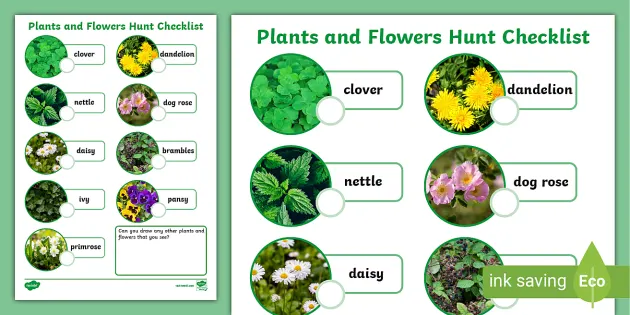Outdoor learning and nature-based activities provide valuable educational opportunities. In today’s digital age, these experiences foster curiosity, creativity, and environmental stewardship. Join us as we explore the benefits of outdoor activities and reconnect with nature.
Objective: #
Students will engage in outdoor learning activities to explore and appreciate nature, fostering a deeper understanding of the environment and promoting hands-on learning experiences.
Materials Needed: #
- Forest School activity cards or outdoor learning activity pack
- Scavenger hunt checklists
- Plants and flowers hunt sheets
- Outdoor challenge cards
- Knot tying challenge cards
- Access to outdoor space (schoolyard, park, forest, etc.)
- Optional: additional resources for outdoor exploration (magnifying glasses, binoculars, nature journals, etc.)

Duration: 1-2 class periods or extended outdoor sessions, depending on the chosen activities and the age of the students.
Procedure:
1. Introduction to Outdoor Learning (10 minutes):
- Discuss the benefits of outdoor learning for young learners, emphasizing the opportunities for hands-on exploration, connection with nature, and development of confidence and independence.
2. Overview of Nature-Based Activities (10 minutes)
- Introduce the Forest School activity cards or outdoor learning activity pack to the students.
- Highlight the variety of nature-based activities available, emphasizing the use of natural resources found outdoors.
3. Activity Selection (10 minutes):
- Allow students to choose or assign them specific outdoor activities based on their interests and the available resources.
- Provide each student or group with the necessary materials for their chosen activity.
4. Outdoor Exploration (30-60 minutes)
- Lead students outdoors to the designated area (schoolyard, park, forest, etc.).
- Encourage students to engage in their chosen activities, whether it’s a scavenger hunt, plant identification, outdoor math challenges, knot tying, or other nature-based tasks.
- Circulate among the students to provide guidance, support, and encouragement as needed.
5. Reflection and Discussion (15 minutes)
- Gather students together to reflect on their outdoor learning experiences.
- Discuss what they observed, discovered, and learned during the activities.
- Encourage students to share any new insights or connections they made with nature.
6. Extension Activities:
- Follow up with additional outdoor learning opportunities, such as I Spy scavenger hunts, plant and flower hunts, or outdoor challenge cards.
- Provide resources for students to continue their exploration independently or in small groups.
7. Conclusion (5 minutes):
- Summarize the importance of outdoor learning for young learners and its benefits in fostering a deeper understanding of the natural world.
- Encourage students to continue exploring and engaging with nature both in and out of the classroom
Assessment: #
- Evaluate students based on their participation, engagement, and reflections during the outdoor learning activities.
- Observe students’ interactions with nature, their ability to collaborate with peers, and their enthusiasm for exploring the outdoor environment.




